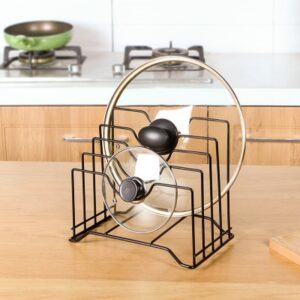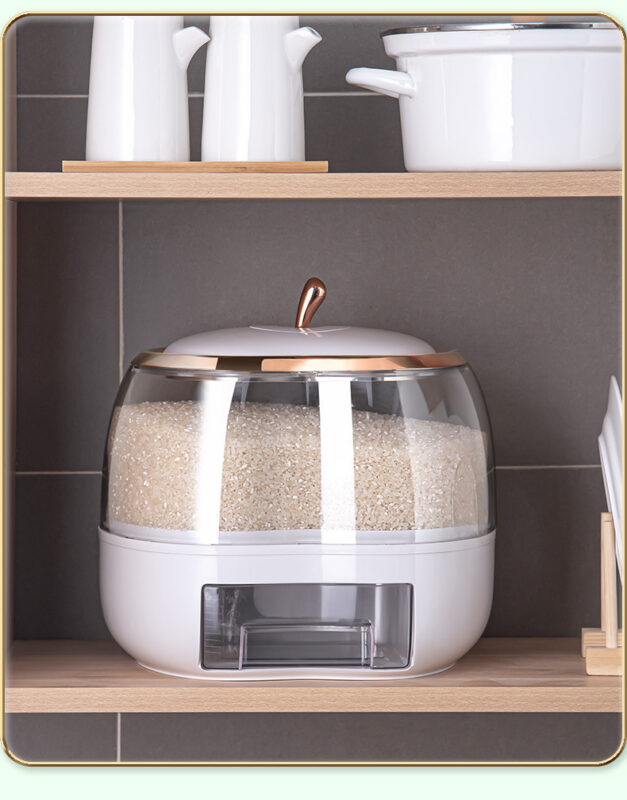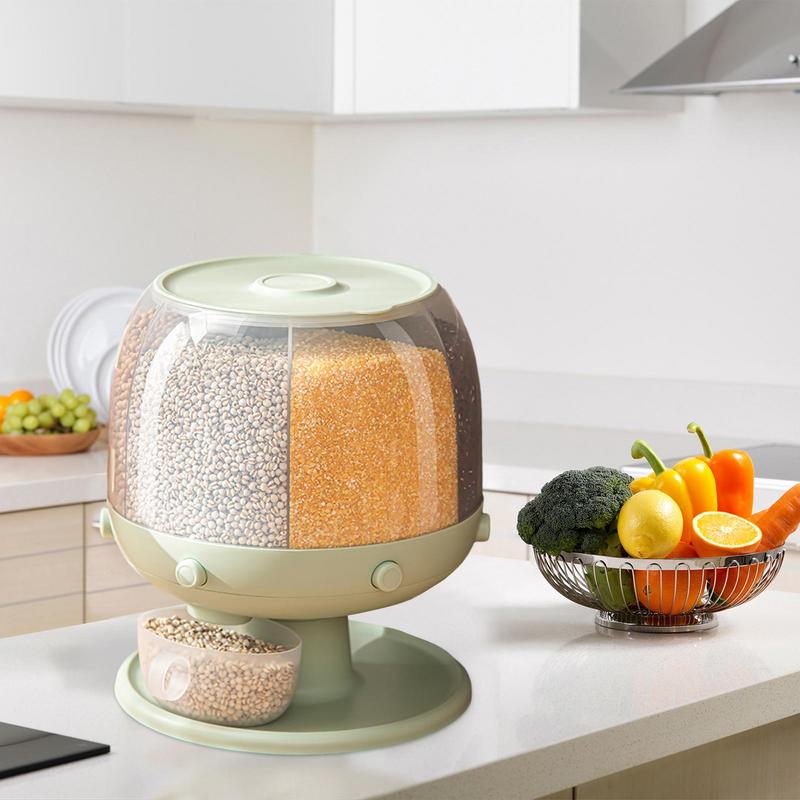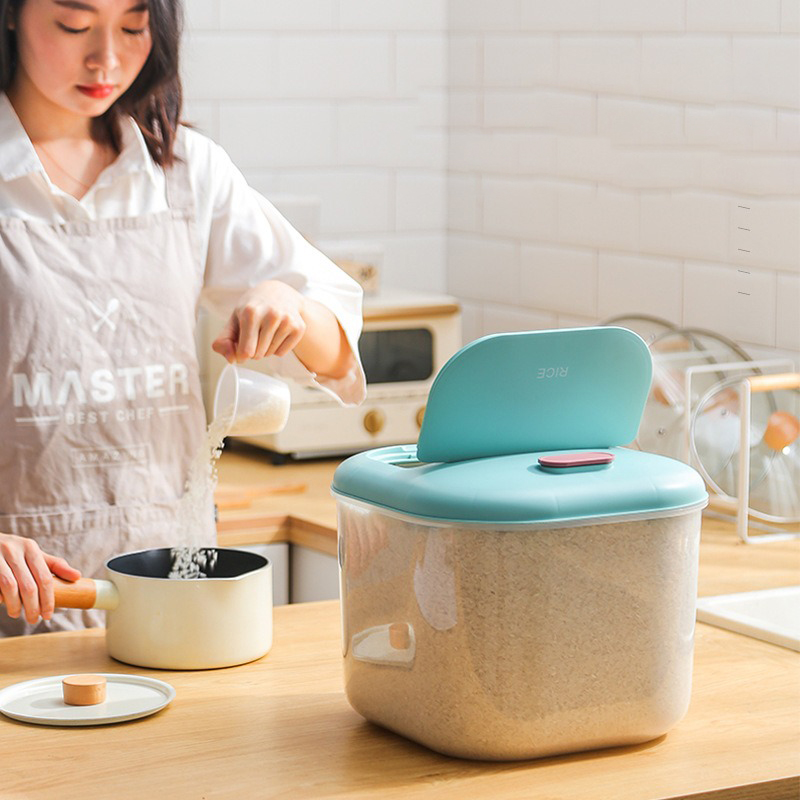Rice Bucket
The Ultimate Guide to Choosing the Perfect Rice Bucket
Rice is a staple food in many cultures around the world, cherished for its versatility, nutritional value, and ability to complement a wide variety of dishes. For those who frequently cook with rice, having a reliable storage solution is essential. Enter the rice bucket, an often overlooked but incredibly useful kitchen tool. In this guide, we’ll explore the benefits of using a rice bucket, the different types available, and how to choose the right one for your needs.
What is a Rice Bucket?
A rice bucket is a specialized container designed to store rice and keep it fresh. These containers come in various sizes and materials, but they all serve the same primary function: protecting rice from moisture, pests, and contaminants while making it easy to access and measure. A good rice bucket ensures that your rice stays dry and fresh, maintaining its quality and flavor for longer periods.
Benefits of Using a Rice Bucket
Using a rice bucket offers several advantages:
1. Preserves Freshness Rice buckets are designed to keep rice dry and free from contaminants. Most rice buckets are airtight, preventing moisture from seeping in and causing the rice to spoil. This is especially important in humid climates where rice can easily absorb moisture from the air.
2. Protects Against Pests One of the biggest challenges of storing rice is protecting it from pests such as insects and rodents. A rice bucket provides a secure, sealed environment that helps keep these pests at bay, ensuring your rice remains safe and edible.
3. Easy Access and Measurement Rice buckets often come with built-in measuring tools or scoops, making it easy to portion out the exact amount of rice you need. This convenience can save time and reduce waste in the kitchen.
4. Space-Saving Design Many rice buckets are designed to be stackable or to fit neatly into kitchen cabinets, maximizing your storage space. They come in various sizes, allowing you to choose one that fits your storage needs and kitchen layout.
5. Maintains Flavor and Quality By keeping rice dry and free from contaminants, a rice bucket helps maintain the grain’s flavor and nutritional value. Fresh, well-stored rice tastes better and cooks more evenly.
Types of Rice Buckets
Rice buckets come in various materials and designs, each with its unique features and benefits. Here are some of the most common types:
1. Plastic Rice Buckets Plastic rice buckets are lightweight, durable, and often come with airtight seals. They are easy to clean and usually have transparent or semi-transparent sides, allowing you to see how much rice is left. Many plastic rice buckets are also BPA-free, making them safe for food storage.
2. Stainless Steel Rice Buckets Stainless steel rice buckets are highly durable and offer excellent protection against moisture and pests. They are also easy to clean and do not absorb odors. These buckets often have a sleek, modern design that can complement any kitchen decor.
3. Wooden Rice Buckets Wooden rice buckets, often made from bamboo, provide a natural and aesthetically pleasing storage solution. They are eco-friendly and can add a rustic touch to your kitchen. However, they may require more maintenance to ensure they remain free from pests and moisture.
4. Ceramic Rice Buckets Ceramic rice buckets are sturdy and offer excellent protection against moisture. They often come in decorative designs, making them a stylish addition to your kitchen. However, they can be heavy and more prone to breakage compared to other materials.
5. Glass Rice Buckets Glass rice buckets are non-toxic and do not absorb odors or flavors, ensuring that your rice remains pure. They are usually airtight and provide a clear view of the contents. However, like ceramic, they can be heavy and fragile.
How to Choose the Right Rice Bucket
When selecting a rice bucket, consider the following factors:
1. Capacity Think about how much rice you typically store and choose a bucket that can accommodate that amount. Rice buckets come in various sizes, from small containers holding a few pounds to large bins that can store 50 pounds or more.
2. Material Choose a material that suits your preferences and kitchen environment. Plastic and stainless steel are durable and easy to clean, while wooden and ceramic options offer a more decorative appeal.
3. Airtight Seal An airtight seal is crucial for keeping rice fresh and free from moisture and pests. Look for rice buckets with secure, tight-fitting lids.
4. Ease of Use Consider how easy it is to access and measure the rice. Buckets with built-in measuring cups, scoops, or dispensers can make portioning out rice more convenient.
5. Design and Aesthetics Choose a design that fits your kitchen decor and personal style. While functionality is key, a visually appealing rice bucket can enhance your kitchen’s overall look.
Tips for Storing Rice in a Rice Bucket
To ensure your rice remains fresh and delicious, follow these storage tips:
1. Clean the Bucket Regularly Before refilling your rice bucket, make sure to clean it thoroughly to remove any dust, old grains, or potential contaminants. This helps prevent the growth of mold and bacteria.
2. Store in a Cool, Dry Place Keep your rice bucket in a cool, dry location, away from direct sunlight and heat sources. This helps maintain the rice’s quality and prevents spoilage.
3. Use Food-Grade Containers If using plastic rice buckets, ensure they are made from food-grade materials to avoid any chemical contamination.
4. Rotate Your Stock Practice the first-in, first-out (FIFO) method to ensure you use the oldest rice first. This helps prevent any rice from sitting too long and going stale.
5. Avoid Overfilling Leave some space at the top of the bucket to ensure the lid can close securely. Overfilling can prevent an airtight seal, compromising the rice’s freshness.
Conclusion
A rice bucket is a practical and essential tool for anyone who frequently cooks with rice. It provides a secure and convenient way to store rice, protecting it from moisture, pests, and contaminants while maintaining its flavor and quality. By choosing the right rice bucket and following proper storage practices, you can ensure that your rice remains fresh and ready to use whenever you need it. Whether you prefer the durability of stainless steel, the eco-friendliness of bamboo, or the modern appeal of plastic, there’s a rice bucket out there that’s perfect for your kitchen. Invest in a good rice bucket today and experience the difference it can make in your culinary adventures.

 1PC Pot Lid Rack Storage Pan Lid Cover Cabinet Pantry Holder
1PC Pot Lid Rack Storage Pan Lid Cover Cabinet Pantry Holder 

